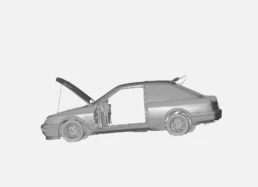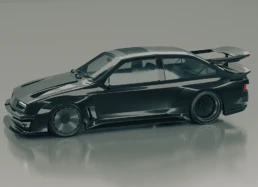
The Vision 148 project embarks on an ambitious journey to reinvent the legendary Sierra Cosworth RS500, transforming it into a modern masterpiece tailored for today’s automotive enthusiasts. This endeavour involves crafting a unique one-of-one road and racing icon, embodying cutting-edge manufacturing techniques and innovative design philosophy.
This is the start of a significant breakthrough in automotive innovation, with T3DMC at the forefront, utilising state-of-the-art 3D scanning solutions to revolutionise the design and development process of the modernised RS500. As the automotive industry increasingly leans towards precision engineering and sustainable automotive design, T3DMC’s expertise in 3D measurement equipment becomes indispensable.
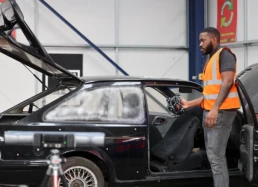
Exploring the Vision 148 Project
The Vision 148 project stands as a beacon of innovation in the automotive industry, bringing together cutting-edge technology and refined craftsmanship to create a modernised version of the iconic RS500. Vision 148 is defined by three core pillars: lightweight design, sustainability, and contemporary aesthetics, each playing a crucial role in shaping a vehicle that not only honours its heritage but also embraces the future.
Lightweight Design: The Carbon Piranha
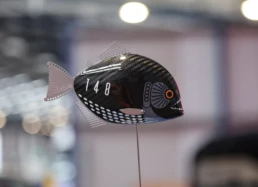
At the heart of Vision 148’s ambition is its commitment to achieving a vehicle weight of less than 1000kg. This feat is realised through advanced additive manufacturing and prototyping techniques, coupled with strategic partnerships with specialists in restoration and prototype low-volume automotive and motorsport sectors. The extensive use of carbon materials is a signature element of the project, significantly contributing to its lightweight goals and earning the moniker “Carbon Piranha.” This approach not only enhances performance but also symbolises a shift towards more efficient automotive engineering.
Sustainability: Minimising Environmental Impact
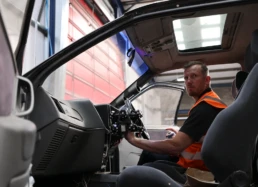
Vision 148 is deeply committed to sustainability, integrating eco-friendly build techniques and materials throughout its development process. This dedication ensures that the project’s environmental impact is minimised without compromising the structural integrity and performance of the vehicle. By carefully selecting sustainable materials and implementing green technologies, Vision 148 aligns itself with the growing demand for environmentally responsible automotive solutions, paving the way for future innovations in sustainable vehicle design.
Contemporary Aesthetics: A Fresh Take on a Classic
Vision 148 doesn’t merely replicate the past but infuses it with contemporary aesthetics, offering a fresh take on the classic RS500. By utilising modern components and embracing a unique design language, the project caters to the tastes and expectations of today’s car collectors and enthusiasts. This blend of tradition and modernity ensures that Vision 148 stands out, providing a vehicle that resonates with both nostalgia and innovation.
Collaboration and Innovation: Crafting the Future
The success of Vision 148 is rooted in its collaborative approach, drawing from the expertise of specialist car manufacturers who bring a wealth of knowledge in both restoration and innovative automotive technologies. This partnership is crucial in bringing the project’s vision to life, combining traditional craftsmanship with state-of-the-art engineering. By fostering an environment of collaboration and innovation, Vision 148 not only achieves its ambitious goals but also sets a new standard for future automotive projects.
T3DMC's 3D Scanning Expertise
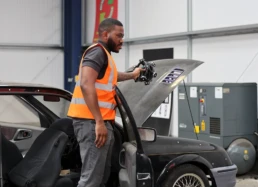
Throughout the Vision 148 journey, T3DMC will harness advanced 3D scanning technologies to meticulously inspect and refine key parts and components of the RS500. This process ensures that every element meets the highest standards of precision, critical for achieving the project’s ambitious goals of lightweight design and contemporary aesthetics. The use of 3D measurement equipment allows T3DMC to capture detailed, accurate data, facilitating the creation of components that align perfectly with the project’s vision of minimal environmental impact and enhanced performance.
